
Almost half of the people with COVID-19 in Santa Cruz contracted the virus where they work, in places like banks, supermarkets, butchers, construction sites and stores, specified the Ministry of Health director for the Santa Cruz area, Warren Chavarria, during the municipal council session on October 20.
Other cases arose due to family contact (16%), socializing (16%), spread within the hospital (9%) and imported (1%). Health area authorities didn’t specify how 16% of the people who are COVID-positive were infected.*
The increase in cases in the last week caused the canton to go on orange alert, announced Alexander Solis, president of the National Emergency Commission (CNE- Comisión Nacional de Emergencias), at the press conference on Tuesday, October 27.
According to Ministry of Health statistics, in recent weeks, Santa Cruz was already reporting an accelerated increase in infections. It took the canton 172 days to reach the first 100 cases, 25 days to reach 200, 18 to reach 300, 12 to get to 400, just three days to get to 500 and another three days to reach 600.
But in the last five days, the canton has stayed at less than 700. As of Tuesday, October 27, the cumulative number of cases was 686, the majority in the districts of Santa Cruz (294) and Tempate (159).
The area health director affirmed that more than 100 new cases reported the previous week from the building contractor, “Alfa Company”, in Las Catalinas, in the Tempate district, caused the canton’s active cases to begin to exceed recovered cases, a trend that continues.
The curve [of cumulative cases] became completely vertical,” Chavarria remarked. However, he assured The Voice of Guanacaste that “these cases practically didn’t generate more in the community and this outbreak is under control.”
“What’s happening is that there are other cases scattered throughout the canton that are not so easy to trace,” he added.
Super-spread
Just on Monday, October 19, the Ministry of Health registered 105 new cases among people working for a construction company in Las Catalinas, in Tempate, and issued health isolation orders to 145 contacts residing in the cantons of Santa Cruz, Liberia, Nicoya and Carrillo.
After more than a week of monitoring these cases, the area director assured The Voice of Guanacaste that the cluster (in other words, the group whose infection shares the same origin) did not generate more infections because the company isolated the COVID-positive people in the camp where they live.
“From the moment we knew about the infections, we started to coordinate with the company. They assumed responsibility for food and medical care in a private doctor’s office,” he highlighted as an advantage for controlling infections and caring for the people. “In fact, the isolation ends on Thursday, the 29th. If there’s no problem, on the 30th they can work already,” he added.
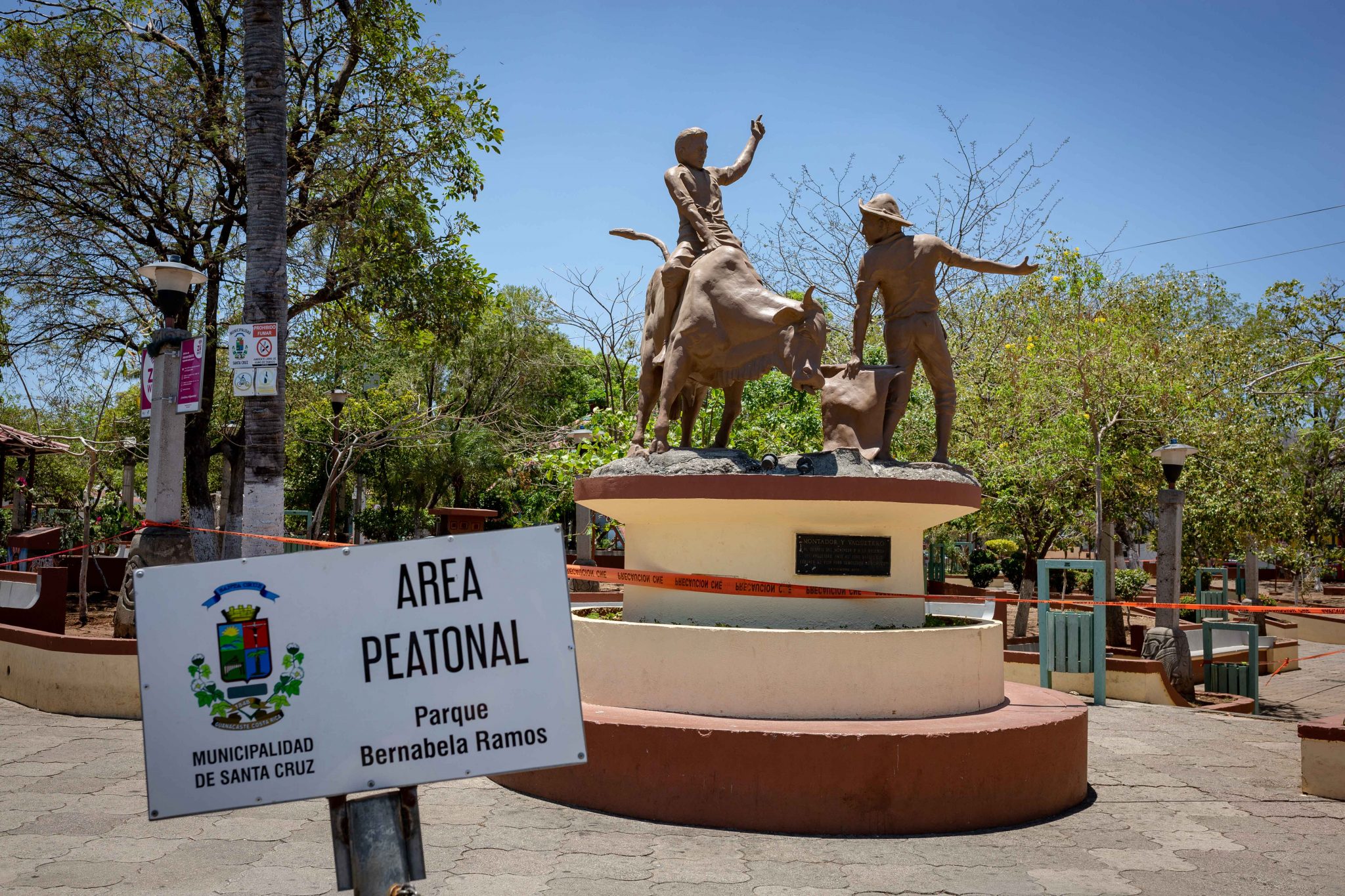
The Santa Cruz park has been closed since March, when the Ministry of Health recommended temporary closure to the municipalities. Santa Cruz went on orange alert on Tuesday, October 27 due to the increase in COVID-19 cases and, under these circumstances, it can’t open public spaces. Photo: Cesar Arroyo Castro
Tracing Concerns
During the Santa Cruz Municipal Council session on October 20, council members and district representatives for Santa Cruz expressed their concerns about the increase in infections in the canton, assuming that the cases come from infections among the Nicaraguan immigrant population that works in construction.
For example, alternate council member Warner Rodriguez said that “almost all the cases we have had in the canton are imported.” He added that “without using the scientific method,” he knows that workers who have two or three days off go to Nicaragua and come back.
However, Chavarria replied that “most are from here,” in other words, residents of the canton. “It may be that a person at first has come from another canton or country and transmitted it to a family member and that one has spread it,” he mentioned, “but these end up being cases of local transmission.”
In fact, according to Chavarria, only 1% of the cases have been imported. He also added that they have only shut down the operations of four companies since the health emergency began in the canton.
Chavarria explained that after each outbreak in companies, the Ministry of Health coordinates with the Public Force and Immigration Police to verify the immigration status of employees.
To us, nationality isn’t significant. What interests us is the patient’s condition, the cluster where he caught it and the traceability that is given,” Chavarria told The Voice of Guanacaste.
The official insisted that every inhabitant has a responsibility to reduce infections. “The protection measures clearly work,” Chavarria said. “Notice that those who are most exposed, doctors, nurses, medical personnel, are the ones least infected because they always use protection,” he said, referring to the canton’s intra-hospital infection rate (9%).
Journalist’s note: The area health director, Warren Chavarria, gave different percentages for the distribution of infections during his presentation at the Santa Cruz Municipal Council session. However, there was an error in the calculations. Chavarria specified the correct percentages to The Voice of Guanacaste.


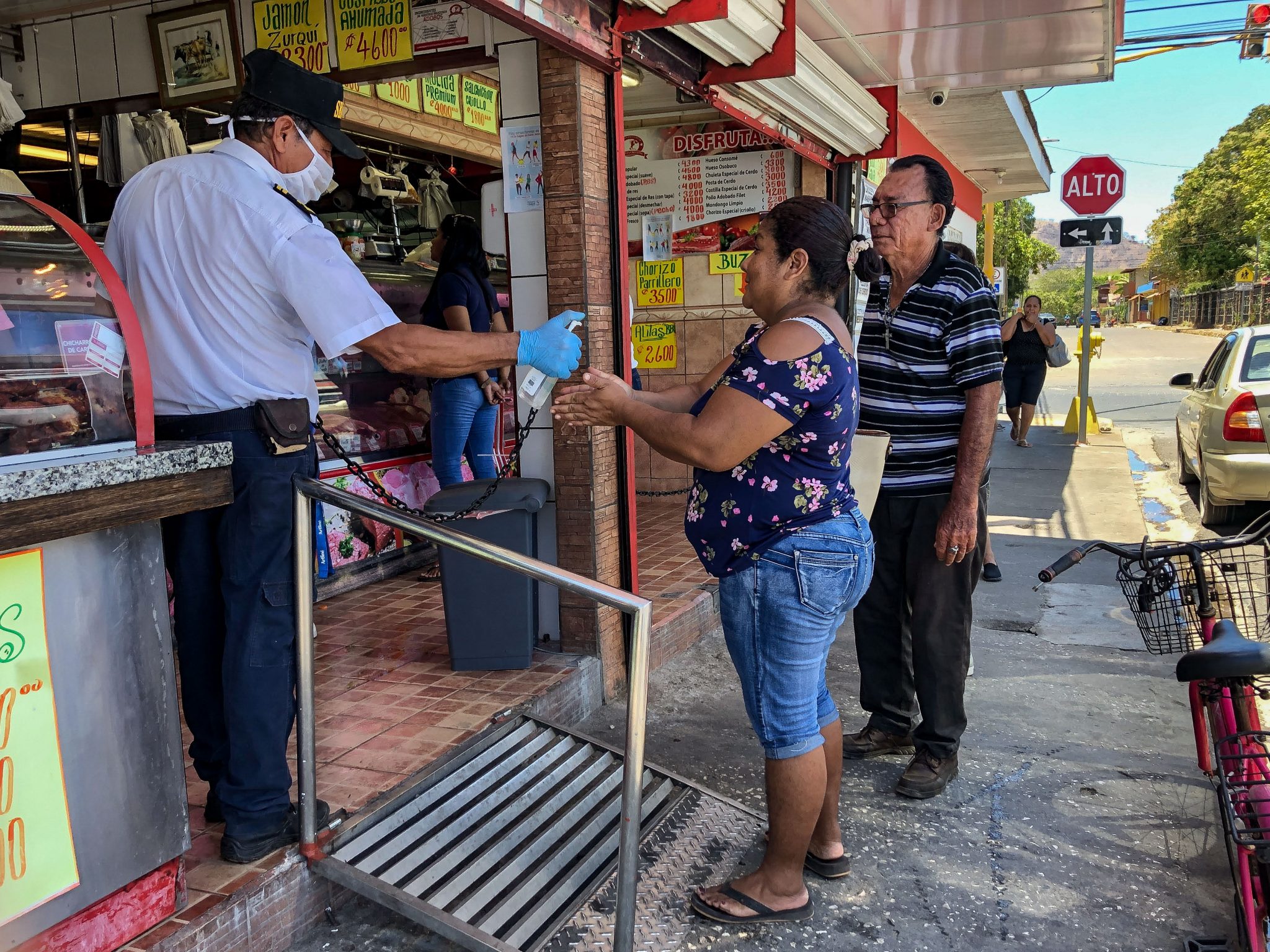
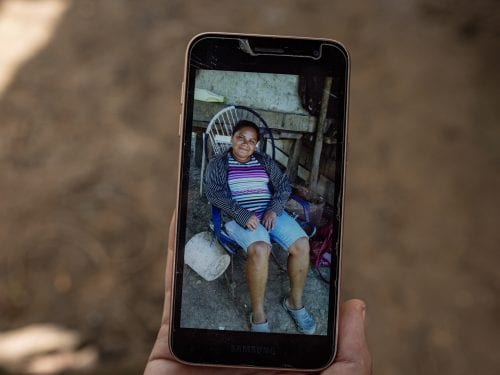
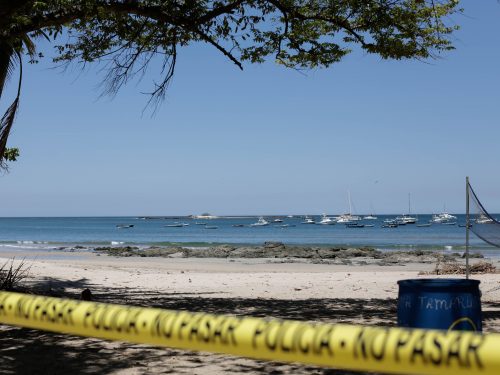
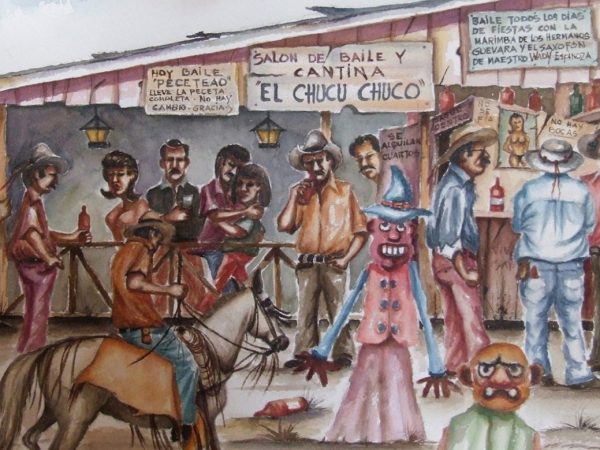

Comments